With all the choices available, it’s hard to know where to start when you’re looking for sheet metal roll forming machines. With this blog post, you’ll find four tips that will help you decide which metal roll forming machine is right for your needs.
What is Sheet Metal Roll Forming Machines?
ক রোল গঠন machine is a type of machine that is used to create long, continuous metal sheets from coils of metal. These machines can be used to create a variety of shapes and sizes, and are often used in the construction industry to create roofing, siding, and other building materials.
Most machines are designed to work with either thin gauge or thick gauge material, but there are some that can accommodate both. Additionally, some machines are designed for specific metals, such as aluminum or steel, while others can work with multiple metals.
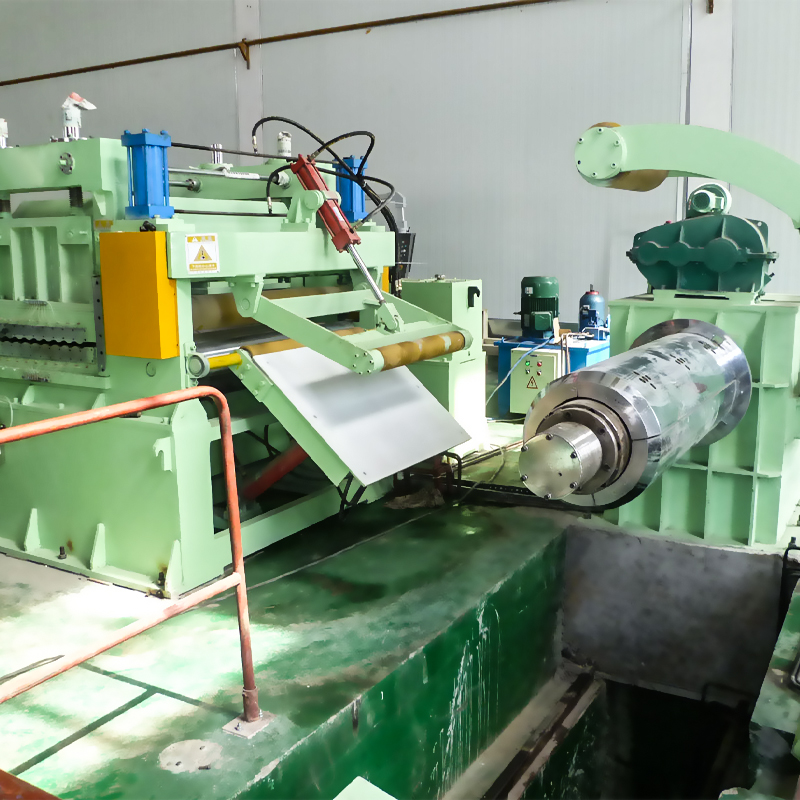
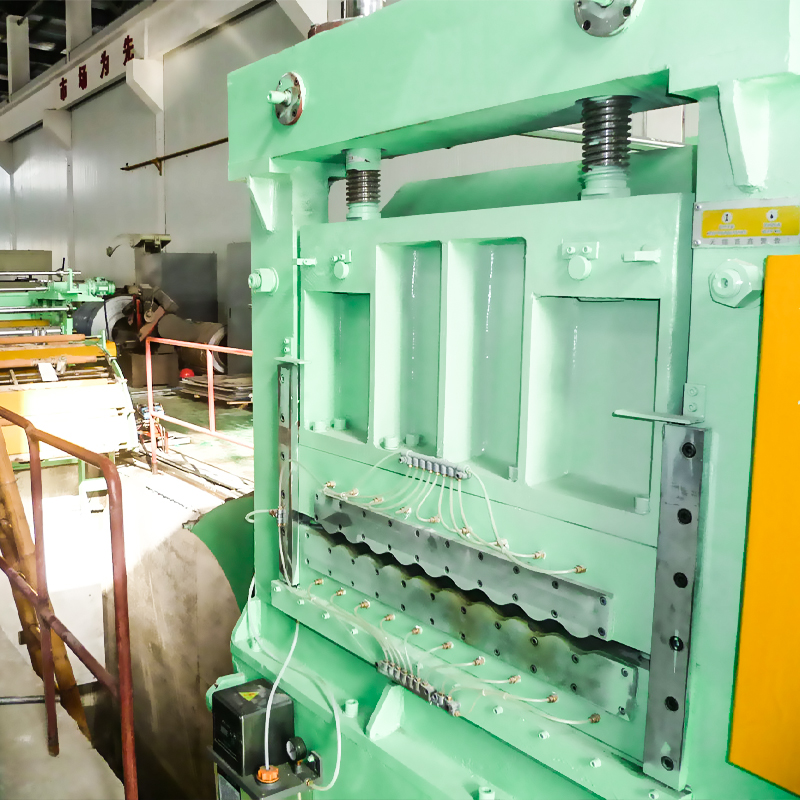
Benefits of Sheet Metal Roll Forming Machines
There are many benefits of owning a sheet metal roll forming machine. For starters, these machines can produce large quantities of parts very quickly and with great precision. Additionally, they are very versatile and can be used to create a variety of different shapes and sizes.
Another great benefit is that they require very little set-up time and can be easily operated by just about anyone. This makes them ideal for small businesses or those who do not have a lot of experience with manufacturing equipment.
Finally, sheet metal roll forming machines are relatively inexpensive to purchase and maintain, making them a great investment for any business.
-
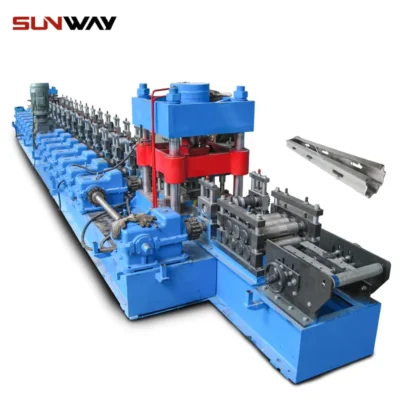 দ্রাক্ষাক্ষেত্র পোস্ট রোল ফর্মিং মেশিন
দ্রাক্ষাক্ষেত্র পোস্ট রোল ফর্মিং মেশিন -
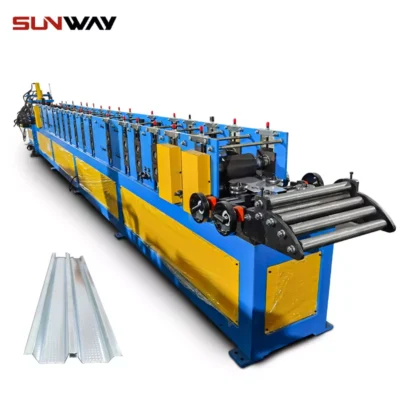 হালকা গেজ ইস্পাত রোল গঠন মেশিন
হালকা গেজ ইস্পাত রোল গঠন মেশিন -
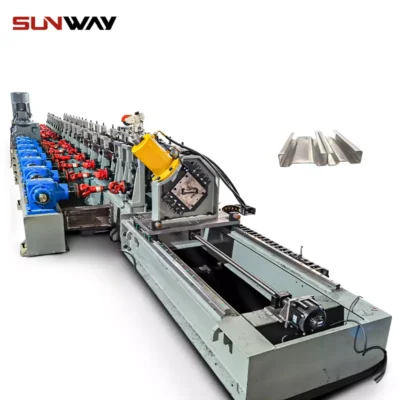 স্বয়ংক্রিয় আকার পরিবর্তনযোগ্য সিগমা Purlin রোল ফর্মিং মেশিন
স্বয়ংক্রিয় আকার পরিবর্তনযোগ্য সিগমা Purlin রোল ফর্মিং মেশিন -
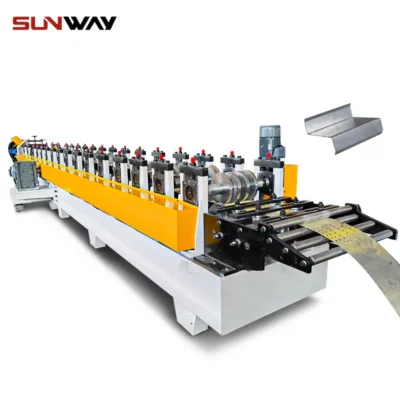 স্বয়ংক্রিয় আকার পরিবর্তনযোগ্য Z Purlin রোল তৈরির মেশিন
স্বয়ংক্রিয় আকার পরিবর্তনযোগ্য Z Purlin রোল তৈরির মেশিন -
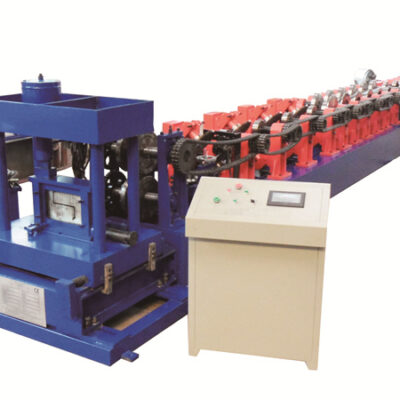 সম্পূর্ণ স্বয়ংক্রিয় দ্রুত পরিবর্তন CZ purlin রোল গঠন মেশিন
সম্পূর্ণ স্বয়ংক্রিয় দ্রুত পরিবর্তন CZ purlin রোল গঠন মেশিন -
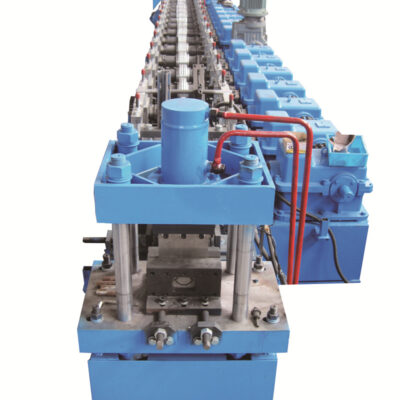 দ্রাক্ষাক্ষেত্র পোস্ট রোল ফর্মিং মেশিন
দ্রাক্ষাক্ষেত্র পোস্ট রোল ফর্মিং মেশিন -
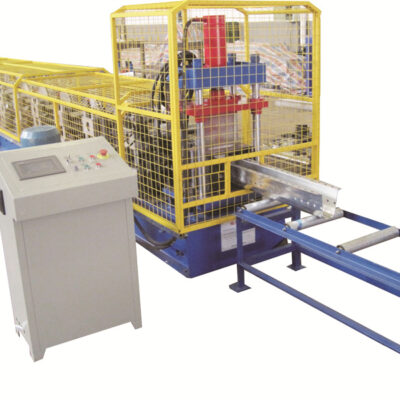 ওমেগা পুরলিন রোল ফর্মিং মেশিন
ওমেগা পুরলিন রোল ফর্মিং মেশিন -
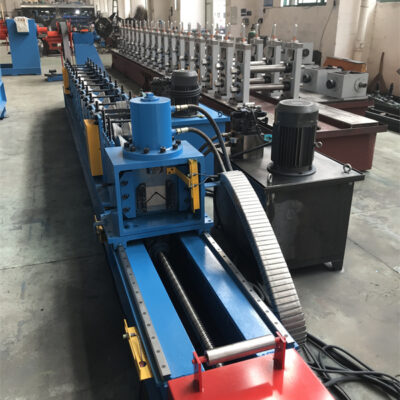 L কোণ রোল মেশিন গঠন
L কোণ রোল মেশিন গঠন -
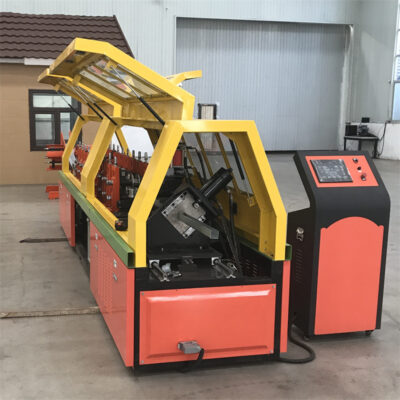 Keel ইস্পাত রোল গঠন মেশিন
Keel ইস্পাত রোল গঠন মেশিন
4 Tips To Buy a Sheet Metal Roll Forming Machine
There are many options available when it comes to purchasing new sheet metal roll forming machines. Here are a few tips to help you choose the right one for your business:
- Determine Your Budget
The first step is to determine your budget. This will help you narrow down your options and find a machine that fits within your price range. Keep in mind that you may need to purchase additional equipment or accessories, so factor this into your budget as well.
- Consider Your Needs
Next, think about what you’ll be using the machine for. Do you need a simple machine for light-duty projects or something more robust for heavy-duty tasks? Consider your business’s needs to help guide your purchase decision.
- Compare Features and Benefits
Once you’ve determined your budget and needs, it’s time to start comparing different machines. Look at the features and benefits of each option to find the best fit for your business. Be sure to read online reviews as well to get an idea of how satisfied other customers are with their purchase.
- Get quotes from multiple suppliers
Finally, once you’ve decided on the perfect machine for your business, get quotes from multiple suppliers before making your final purchase decision. This will help ensure you’re getting the best possible price on the market.
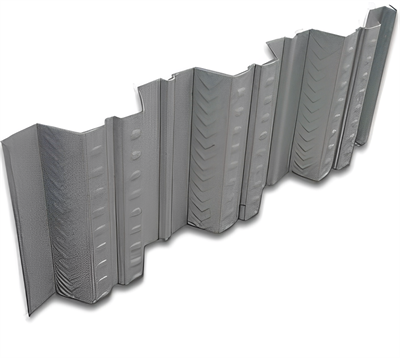
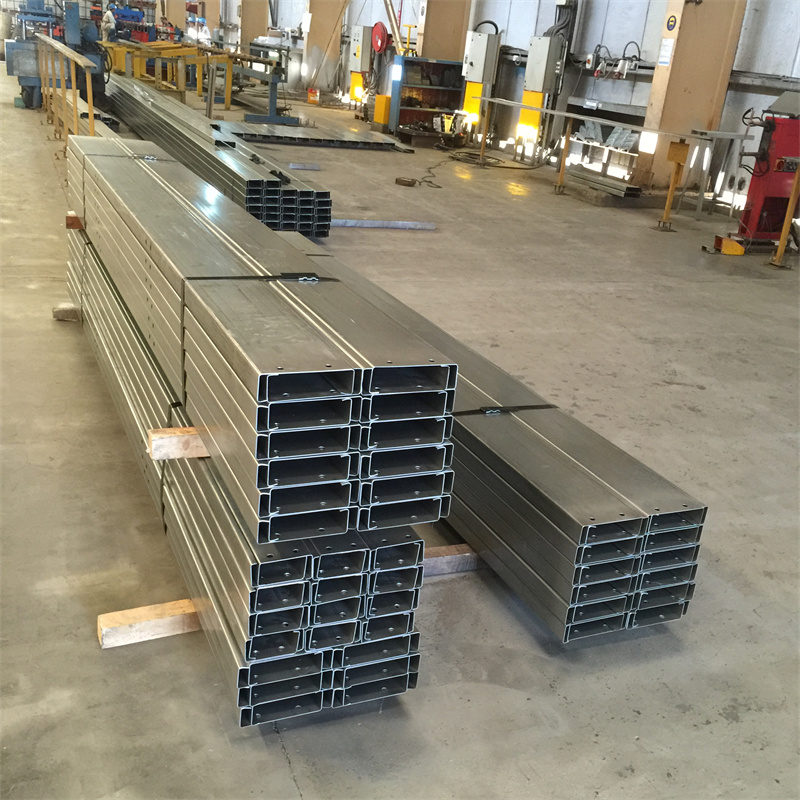
types of sheet metal roll forming machines
There are three basic types of sheet metal roll forming machines:
- Manual machines – These are the least expensive and most versatile. They can be used for a variety of projects, but require more operator involvement than the other two types.
- CNC machines – These are computer controlled and can be programmed to do very specific tasks. They are faster and more precise than manual machines, but also more expensive.
- Hybrid machines – These combine features of both manual and CNC machines. They offer the best of both worlds, but come at a higher price tag than either type of machine alone.
important factors of Sheet Metal Roll Forming Machines
- Cost: The initial cost of the machine is a important consideration, as is the cost of maintenance and operation.
- Capacity: The machines ability to produce the required amount of product in the required time-frame is an important factor to consider.
- Quality: The machines ability to produce a high-quality product is an important consideration.
- Flexibility: The machines ability to produce a variety of products, or to be easily modified to produce new products, is an important consideration.
- Service and Support: The availability of service and support from the manufacturer or distributor is an important consideration .
উপসংহার
If you’re looking for reliable and affordable sheet metal roll forming machines, then following these tips should help you find the perfect one for your needs. With so many different machines on the market, it can be tough to know which one is right for you. But by doing your research and considering your budget and specific needs, you’ll be able to find a machine that will help you get the job done right.
FAQ
What is a sheet metal roller called?
Metal rollers are an important part of every machine shop. Metal rollers, also called sheet metal rollers or metal roller benders, can create a wide array of arcs, bends, cylinders and circular objects. This equipment is also an important part of custom material fabrication.
Frequently Asked Questions (FAQ)
1) How do I size Sheet Metal Roll Forming Machines for my production volume?
- Match line speed (m/min) and changeover time to your batch sizes. For 500–1,500 m/day mixed SKUs, prioritize quick-change cassettes and recipe presets over maximum speed. For 5,000+ m/day single SKU, seek 80–120 m/min with flying shear.
2) What tolerances are realistic for roofing/siding profiles?
- With encoder feedback and servo flying shear: cut length ±0.7–1.0 mm at 60–100 m/min; hole position ±0.5–0.8 mm with servo-electric punching; profile straightness ≤1.5 mm per 1,000 mm.
3) Which materials and thicknesses run best?
- GI/GL (zinc or zinc-aluminum coated steel) 0.3–1.2 mm are common; aluminum 0.5–1.0 mm; stainless requires dedicated roll materials and pass design. Pre-painted coils benefit from polyurethane or hard-chrome roll surfaces.
4) What should be included in the Factory Acceptance Test (FAT)?
- Verify cut-length tolerance at target speed, burr height limit, hole location CpK, panel straightness, energy intensity (kWh/ton), noise level at 1 m, recipe recall accuracy, and safety compliance (ISO 12100, IEC 60204-1).
5) How do I compare total cost of ownership (TCO) between machines?
- Combine capex with consumables, energy (kWh/ton), scrap rate, planned downtime, changeover labor, and spare parts lead times. A 1% scrap reduction on GI coils often offsets a higher purchase price within 12–18 months.
2025 Industry Trends for Sheet Metal Roll Forming Machines
- Quick-change ecosystems: Cassette tooling and auto-width adjustment shorten changeovers to under 10–15 minutes.
- Servo-electric punching: Lower noise, cleaner holes, and tighter positional tolerance; hydraulic units phased out in light-gauge lines.
- Inline vision and laser metrology: Real-time checks for cut length, hole offset, and edge burr height to cut rework.
- Energy and ESG metrics: Buyers track kWh/ton and scrap rate; regenerative drives and high-efficiency motors adopted as standard.
- Digital workflows: BIM/ERP-driven recipes and barcode job tickets reduce setup errors and speed line starts.
2025 Benchmark Snapshot
| KPI | 2023 Typical | 2025 Best-in-Class | Why It Matters | Source |
|---|---|---|---|---|
| Changeover time (profile/cassette) | 25–40 min | 8–12 min | Higher OEE for high-mix production | OEM demo data; user case notes |
| Cut-length accuracy at 80 m/min | ±1.5 mm | ±0.7–1.0 mm | Fewer field fit-up issues | EN 1090 practices; OEM specs |
| Hole position tolerance | ±1.0–1.5 mm | ±0.5–0.8 mm | Faster MEP install alignment | Inline vision vendor apps |
| Scrap rate (GI 0.5–0.8 mm) | 2.0–3.5% | 0.8–1.5% | Material cost and ESG gains | Keyence/Micro‑Epsilon notes |
| Energy intensity (kWh/ton) | 150–190 | 110–140 | Lower OpEx, sustainability | ABB/Siemens efficiency guides |
| Inline QA adoption | ~20–30% | 45–60% | Real-time defect prevention | Vendor adoption surveys |
Authoritative references:
- ISO 12100 Risk Assessment: https://www.iso.org
- IEC 60204-1 Electrical Safety: https://webstore.iec.ch
- EU Machinery Regulation overview: https://ec.europa.eu
- ABB Drives energy optimization: https://new.abb.com/drives
- Siemens motion/automation efficiency: https://new.siemens.com
- Keyence inline inspection systems: https://www.keyence.com
- Micro‑Epsilon displacement/laser sensors: https://www.micro-epsilon.com
Latest Research Cases
Case Study 1: Reducing Changeover Losses in High-Mix Roofing Profiles (2025)
Background: A regional fabricator ran 6 roof/siding profiles with small batches, losing >18% availability to changeovers.
Solution: Implemented cassette tooling, barcode-triggered HMI recipes, and servo flying shear; added inline camera to verify cut length and hole position automatically.
Results: Changeover time dropped from 32 to 11 minutes; OEE improved by 12.7%; scrap reduced from 2.8% to 1.4%; ROI in 14 months.
Case Study 2: Energy and Noise Improvements via Servo Punching (2024)
Background: Hydraulic punching caused high noise and rising energy consumption on a light-gauge line.
Solution: Replaced hydraulic unit with servo-electric punch and regenerative drive package; optimized pass progression for 0.55–0.9 mm GI.
Results: Noise reduced by 6–8 dBA; energy intensity cut by 16%; maintenance interventions down 28% due to elimination of leaks/valves.
Expert Opinions
- Priya Natarajan, Plant Manager, Building Envelope Fabricator
“For buyers of Sheet Metal Roll Forming Machines, sub-12-minute changeovers matter more than headline speed. That’s where daily capacity is won.” - Marco Santori, Technical Director, Roofing Systems Integrator
“Servo-electric punching plus encoder-based shears have become table stakes. Without them, you’ll struggle to hit ±1 mm cut length and tight hole tolerances at speed.” - Dr. Lin Qiu, Associate Professor, Advanced Manufacturing
“Inline metrology closes the loop on quality. When vision verifies hole offset and burr height in real time, scrap falls and installers stop fighting fit-up issues.”
Practical Tools/Resources
- Roll design and simulation: COPRA RF (https://www.datam.de), UBECO PROFIL (https://www.ubeco.com), Altair Inspire/Form (https://www.altair.com)
- Standards and compliance: ISO 12100 (https://www.iso.org), IEC 60204-1 (https://webstore.iec.ch), EU Machinery Regulation (https://ec.europa.eu)
- Inline QA and measurement: Keyence vision/laser (https://www.keyence.com), Micro‑Epsilon sensors (https://www.micro-epsilon.com)
- Maintenance/OEE: UpKeep CMMS (https://www.onupkeep.com), Fiix CMMS (https://www.fiixsoftware.com)
Implementation tip: In your RFQ and FAT, specify cut length ±1.0 mm at target speed, hole position ±0.8 mm, burr height ≤0.05 mm, changeover ≤12 minutes, energy intensity reporting (kWh/ton), and max noise ≤80 dBA at 1 m.
Last updated: 2025-10-23
Changelog: Added 5 FAQs, 2025 trend table with benchmarks and sources, two recent case studies, three expert viewpoints, and curated tools/resources with an actionable RFQ/FAT tip.
Next review date & triggers: 2026-05-20 or earlier if new CE/Machinery Regulation updates, major OEM releases on cassette tooling/servo punching, or updated benchmarks for energy and scrap are published.
